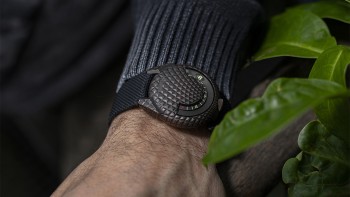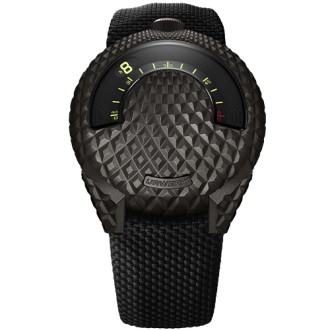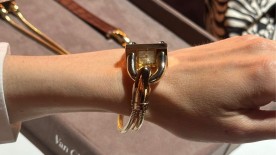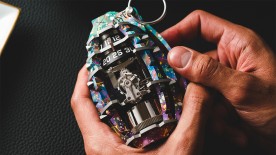“The first idea was not to make a T-Rex dinosaur, it was more about creating a different kind of pattern texture on top of the case. And I always liked geometric guilloché patterns,” said Martin Frei, co-founder and chief designer of Urwerk, about the case of the UR-101 T-Rex.
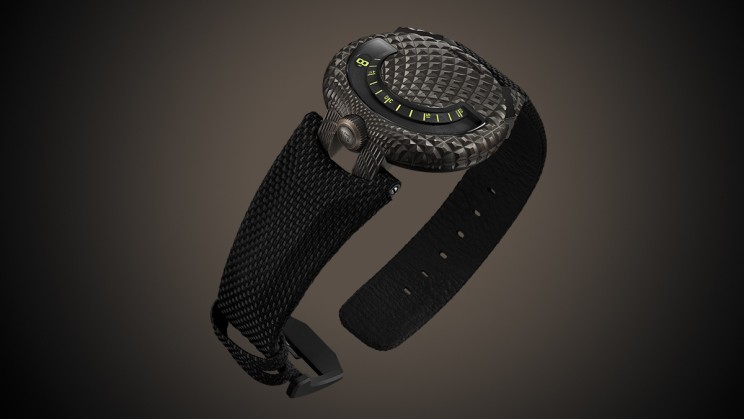
He said his team tried a lot of varieties before ending up with the scale-like pattern that has now been applied to three different models. “Already in the computer we realised the repetition had this animalistic energy to it. And then we realised it looks a bit like a dinosaur skin, a defence mechanism to protect the body inside. And since we have a bit of a tradition in Urwerk with watch names like Hammerhead Shark and Tarantula, it made sense to give it the nickname T-Rex,” Mr. Frei said of the 41-millimetre watch with slightly sunken crown placed at 12 o’clock. Speaking of measurement, the chunky looks are somewhat deceiving, as the watch is a mere 11.86 millimetres at its thickest point.
If you ever have the chance to sit down with Martin Frei for a chat, chances are pretty high that you will sooner or later end up in the realms of pop culture or space or theoretical physics if you give him free rein. Because those elements are always present in his watch designs. Recently an Urwerk watch was the inspiration for a specially-made watch for the movie Dune, and the T-rex shape is similar to that of the Star Wars ship Millennium Falcon. And it turns out that one of the most fundamental things we know about the time-space continuum is represented in the design of the UR-101 T-Rex.
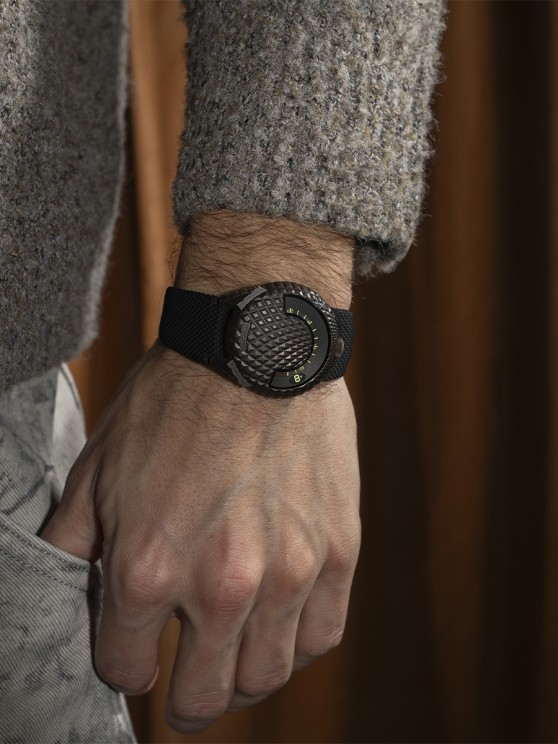
“The pattern ends by the lugs in a spaghettified way, and this is just like the pattern of a graph describing the forces by a black hole where space is bent by gravitational changes,” he said, adding that “spaghettified” is the scientific term for this phenomenon.
Normally, guilloché patterns created with the aid of old rose-lathe machines are used for dials, and you can’t touch it. “But when you use it on top of the case it invites to touch it; you can tell it has this haptic quality, you want to touch it – how does this 3D texture feel?” Mr. Frei explained, adding that the oxidised and brushed bronze will increase its patina over time. “But it will not turn green as bronze sometimes does. It all depends on the alloy, and here it is stabilised by adding a bit more aluminium to the copper. So, the patina will be browner, almost a bit reddish.”
Ever since Urwerk released its first watch in 1997, wandering hours carried by a Maltese Cross has been a signature complication. The UR-101 T-Rex has a new movement, the UR-1.01V, which was produced by Vaucher, and for this Mr. Frei and Urwerk’s chief watchmaker Felix Baumgartner went back to the roots by having two satellites travelling in a semicircle along the minute scale, rather than three. “This is similar to the Campani brothers’ clock from the 17th century, which inspired us in the first place. And it is great to be able to revisit our first watches as a designer and change the things that I wasn’t completely happy with back then,” Mr. Frei said.
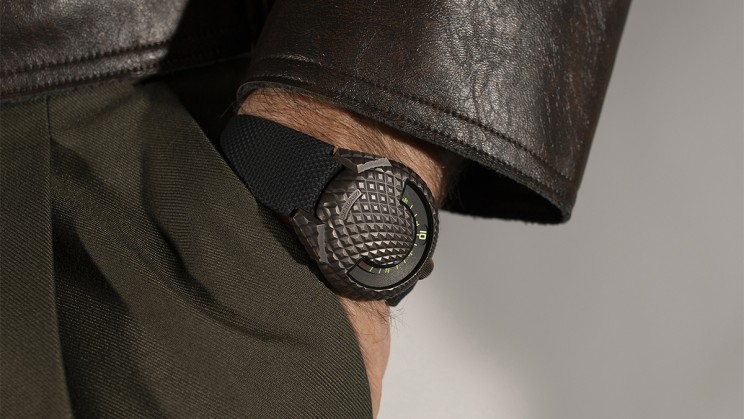
Even though Urwerk wasn’t the first brand using wandering hours on a wristwatch (Audemars Piguet was, albeit with a different technique), Urwerk was the top-of-mind brand for this kind of watch until recently. In the past few years, brands including Gorilla, Audemars Piguet, and Xeric all released wandering hours complications, proving that it can be applied at different price ranges. Mr. Frei concluded: “Every five minutes a new brand makes a wandering hour, and to me that is a flattering thing even though we don’t have a claim to it; we used something that watchmaking history offered.”
